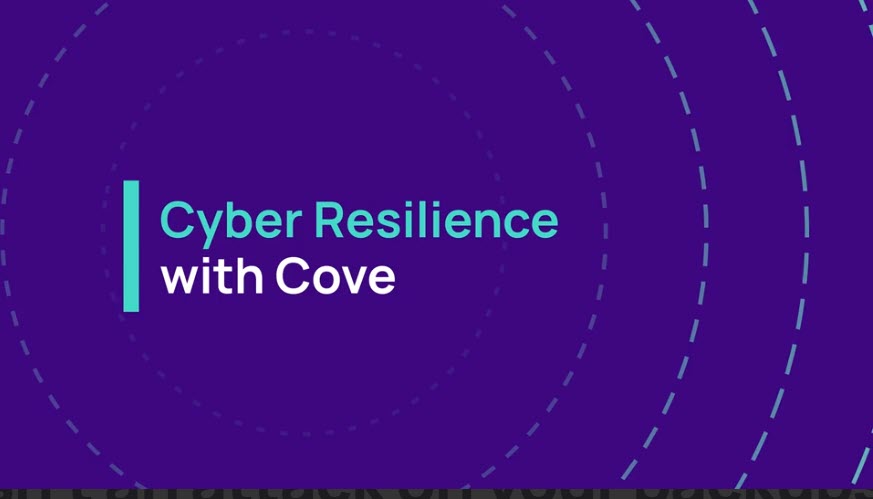Recovery Planning in Case of Cyber Attacks
Recovery Planning in Case of Cyber Attacks
In today's digital landscape, businesses face an ever-growing threat from cyber attacks, particularly ransomware. Developing a robust recovery plan is critical for minimizing downtime, protecting sensitive data, and ensuring operational continuity. Below are key components of an effective recovery strategy based on insights from modern cybersecurity practices.
1. The Importance of Backup Isolation
One of the most effective ways to protect against ransomware is to isolate backup data. Modern solutions, like Cove Data Protection™, utilize cloud-first approaches to ensure backup copies are stored securely off the local network. This makes them inaccessible to attackers who might gain unauthorized access to on-premises systems.
-
Cloud-first Backups: Backups are encrypted on-site using AES 256-bit encryption before being transferred securely to remote data centers. This eliminates the risk associated with storing backups locally.
-
Optional Local Copies: Some systems allow local backups for fast recovery, but these should be secondary, with the primary storage remaining isolated.
2. Reducing the Attack Surface
A key component of recovery planning is minimizing the attack surface—specifically, the points of vulnerability accessible to cybercriminals. By leveraging cloud-hosted SaaS applications for disaster recovery infrastructure, companies can significantly reduce exposure. In such setups:
-
Backup data is stored remotely.
-
Recovery mechanisms remain off-network, out of reach from bad actors.
This dual-layer of security creates a robust foundation for rapid recovery following an attack.
3. Ensuring Trusted Access
Controlled access to backup and recovery systems is paramount in mitigating risks. Implementing multi-layered authentication and role-based access is essential:
-
Two-Factor Authentication (2FA): Mandatory for all administrative access, adding an extra layer of security against stolen credentials.
-
Role-Based Permissions: These allow granular control over who can perform specific tasks, such as file restoration or backup configuration, ensuring minimal privilege access.
4. Comprehensive Recovery Protocols
A well-designed recovery plan includes procedures that ensure seamless restoration in various scenarios:
Controlled access to backup and recovery systems is paramount in mitigating risks. Implementing multi-layered authentication and role-based access is essential:
-
Two-Factor Authentication (2FA): Mandatory for all administrative access, adding an extra layer of security against stolen credentials.
-
Role-Based Permissions: These allow granular control over who can perform specific tasks, such as file restoration or backup configuration, ensuring minimal privilege access.
5. Training and Preparedness
Technical measures are only part of the solution. Regular training for IT personnel and stakeholders on recovery procedures ensures readiness in the event of an attack. Businesses should also conduct periodic drills to test their recovery strategies under simulated conditions.
6. Advanced Security Measures
To safeguard backups against sophisticated threats:
-
Enforce restrictions on access to backup management systems.
-
Enable strict retention settings for backup data.
-
Use single-use passphrases for high-security scenarios.
-
Collaborate with your backup provider to enable undelete capabilities for accidental or malicious deletions.
Cyber attacks are not a question of "if" but "when." A proactive recovery plan centered around secure backups, reduced vulnerabilities, and strict access controls can make the difference between business continuity and prolonged disruption. Tools like Cove Data Protection™ provide a model for modern ransomware recovery solutions, emphasizing security and simplicity. By investing in robust recovery planning, organizations not only shield themselves against potential losses but also bolster their resilience in an increasingly hostile cyber environment.


